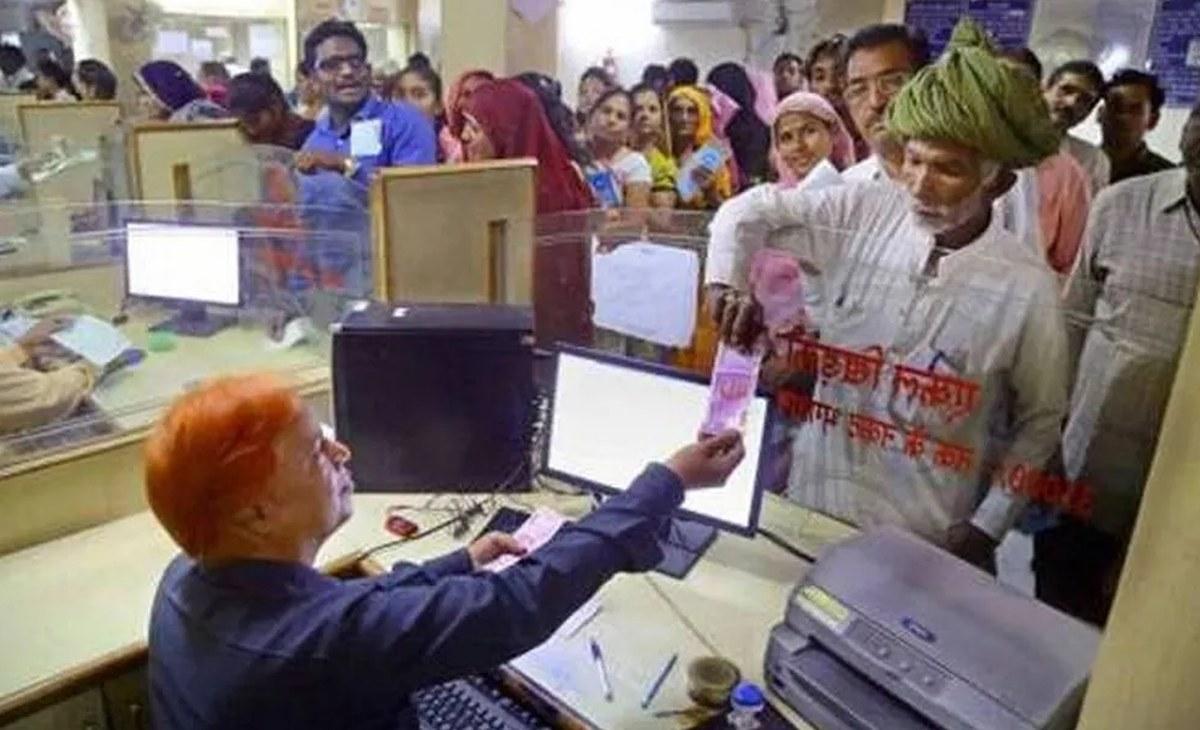After the merger of regional rural banks (RRBs) under the “One State, One RRB” policy to improve their efficiency and minimise competition among public-sector banks (PSBs) that sponsor them, the government is planning to list at least five RRBs by the end of financial year 2026-27 (FY27).

After the latest amalgamation that came into effect on May 1, there are 28 RRBs in 26 states and two Union Territories (UTs), with more than 22,000 branches covering 700 districts.
“Our aim is to strengthen the reputation of RRBs as credible and valuable institutions, both for stakeholders and investors.
“If RRBs pursue public listings, it will not only boost public accountability but also help them operate more efficiently by securing additional funding,” a senior government official said.
An email sent to the finance ministry did not elicit any response until press time.
The official noted that the government was planning some soft skill training among RRB staff.
“If RRBs go for initial public offerings (IPOs), it will be crucial for their survival. It will increase accountability to the public after listing and enable them to operate more professionally by acquiring additional funds,” said Krishnan Sankarasubramaniam, former managing director and chief executive officer (MD & CEO) of Punjab & Sind Bank.
According to the finance ministry’s draft guidelines of 2022, RRBs with a minimum net worth of Rs 300 crore must also have a capital adequacy ratio above the regulatory minimum level of 9 per cent in each of the preceding three years.
Additionally, these regional lenders must have reported an operating profit before tax of Rs 15 crore in three out of preceding five years.
The identified RRBs must also have a return on equity (RoE) of 10 per cent and a return on assets (RoA) of 0.5 per cent in three out of five preceding years.
Furthermore, any lender must not be under the RBI’s prompt corrective action (PCA) framework.
Following consolidation, the total RRB business as a percentage of India’s gross domestic product (GDP) is expected to reach around 5.2 per cent by FY30 from about 3.7 per cent as of FY24, according to a PwC India report.
Oriented towards rural areas, RRBs were established regionally, with capital contributed by the Government of India, state governments, and sponsor banks under the RRB Act, 1976.
RRBs predominantly operate in rural setups, with approximately 92 per cent of their branches in rural or semi-urban areas.
Prior to consolidation, the number of loss-making RRBs steadily declined from 18 in FY20 to three in FY24.
The net profit of 32 RRBs increased during FY24.
These banks reported their highest-ever consolidated net profit of Rs 7,571 crore for FY24, with a gross non-performing assets (GNPA) ratio of 6.1 per cent, the lowest in 10 years.




